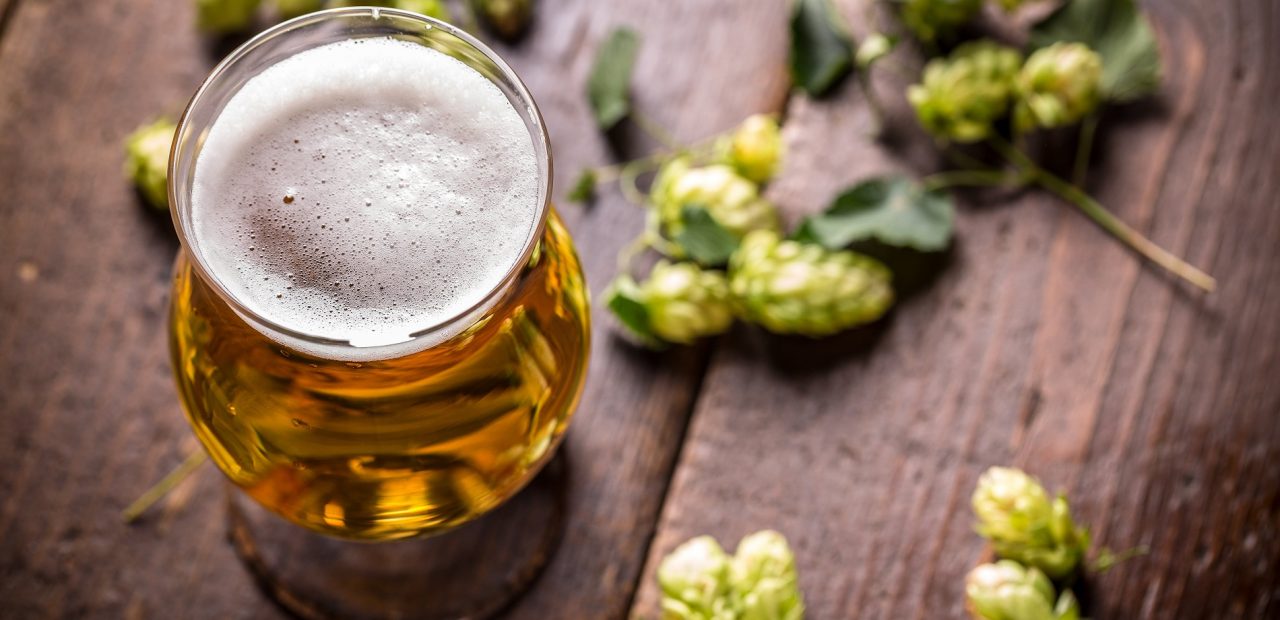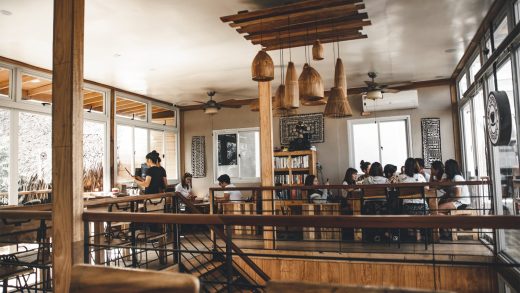A Beginner’s Guide to Beer Hops
If you missed that all-important field goal at the footy, wondering what goes in your beer, don’t fear, you’re not alone. Though the beer at any sports venue might not be up to scratch, it still has the basic ingredients that go in all beers – water, malt, hops and yeast. The lager you just downed has a specific blend of each ingredient. And the smell, flavour, and taste of the beer can all be tuned to get what you want- a refreshing drink that won’t leave you scratching your head.
Beer brewers use different amounts of ingredients to make the beer they want. A big part in determining how a beer will taste, along with all the different flavours and smells goes down to hops. So, what exactly are beer hops? Hops are the flowers that brewers have used for centuries to add to boiling malt. Without them, you’d be drinking plain malty sugars, or what today is called gruit beer. Hops balance out that sweetness by adding a dose of bitterness to the whole mix. They also add different kinds of tastes and smells, from rich citrus overtones to thick earthy tastes -something we’re all glad to have in beers today.
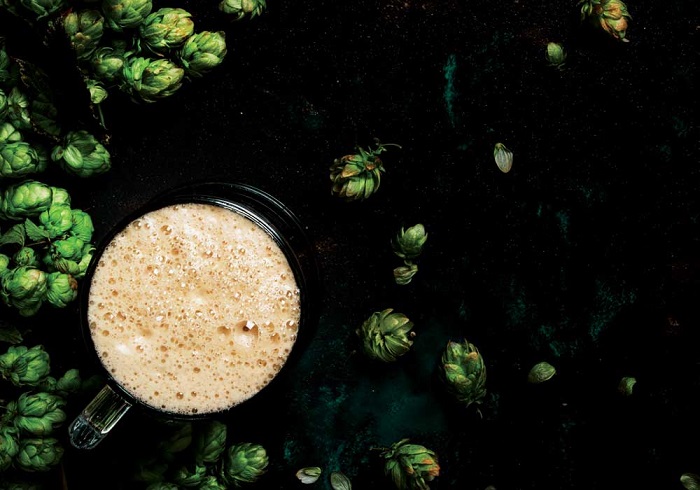
Source: brewer-world.com
Contents
Types of Hops
Hops are grown in different regions all over the world. There are hundreds of different varieties, but it all goes down as to how they influence overall beer taste. If you want more bitterness, add bittering hops. If you want different flavours lingering on your tongue, experiment with flavour and aroma hops. The results might surprise you.
Bittering hops
Bittering hops do exactly as what they say on the label – they add a hoppy bitterness to your beer, and a few more things. How bitter your beer will be depends on the hop variety, and the time at which they’re added to the beer boil. Hops with a higher concentration of acids, boiled for a long time from the beginning of the boil, result in more bitter beers. Depending on what your tastebuds dictate, you can also go for something milder, just remember to also cut down on the boiling time. Bittering hops also play an important part in forming the beer head, if you want a more of a clean, foamy taste at your first sip.
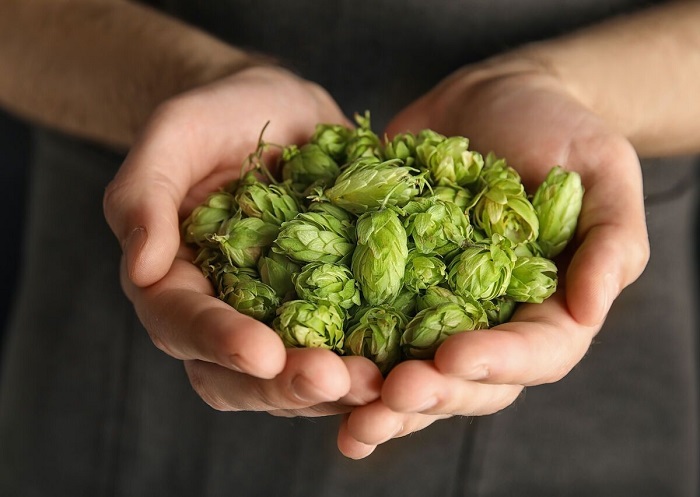
Source: matadornetwork.com
Flavour and Aroma Hops
Flavour and aroma hops have more essential oils and don’t contribute as much to bitterness, as they do to bring out distinctive flavours and smells in beer. The fruity or flowery taste in many beers is what I’m talking about. There are dozens of hops that you can use on their own or in combination, to get the tailored taste you want. Flavour and aroma hops are added at the end of the boil and are boiled for shorter periods. This gives you a balanced beer, with enough bitterness, creamy foam and a flavour of its own.
There’s no strict rule as to how many different types of hops to use. One hop variety can produce enough bitterness, while also lending some flavour. However, famous beers have come about by experimenting with different hop types, the most notorious is possibly Indian Pale Ales. Here, hops added later on serve another purpose – to preserve the beer for a longer time.
Regional Varieties
Hop varieties generally get their name from the region they come from or the brewery that first used them. Goldings hops, a bittering hop with a smooth bitterness, and earthy aroma originated in England in the late 18th century, and feature in many British Ales. Cascade hops, an aroma and flavouring hop have spicy, citrus aromas. They are a popular variety used in the United States, mostly in ales. European lagers with a spicy, earthy flavour use the bittering hops from the Saaz and Hallertau regions. The Pride of Ringwood is the hops you’ll find in famous Aussie beers, like Carlton and VB. Cross-breeding has led to a wide variety of different hops, especially aroma and flavouring hops. There are hundreds of varieties available.
Adding Hops to the Brew
Bittering hops are added to the beer brew early on to balance the flavour of the malt. You’ll need larger amounts boiled at higher temperatures, for roughly an hour or two. Next come the flavouring hops in smaller amounts, boiled for 15 minutes or so. And lastly, aroma hops are added to the mix, for a few minutes at most. Dry-hopping, or adding hops once the brew has cooled will help for longer-lasting beers. This is a general guideline, and you can experiment with amounts, hops combinations and boiling times to get the beer you want. A little trial and error are what makes the best craft and homebrewed beers around.
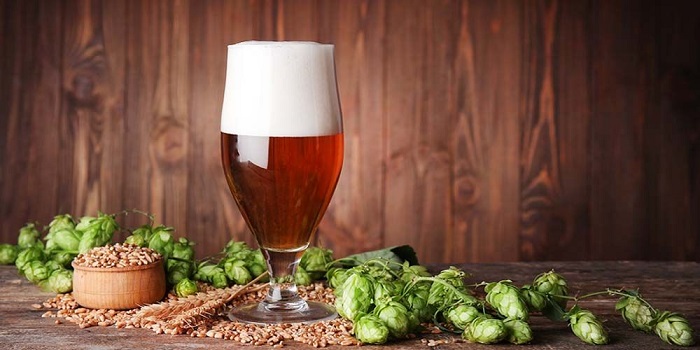
Source: pinterest.com
Buying Hops
If you’re serious about getting into homebrewing, you can check out stores that sell homebrew equipment and ingredients. Do a quick online search, or go down to your nearest store. Hops spoil easily, so they are sold in the form of dried pellets in airtight packaging. They’ll need to be kept in cool, dry places at home, preferably in the fridge, before you start brewing. If you want to replicate the flavours and aromas of famous beers, you can get a specific hop variety or complete cloning kits that also include malts and yeasts.

